Ever wondered how long it takes to sail across the Atlantic? You’re not alone. Planning a transatlantic voyage can feel overwhelming. Between imagining the endless ocean, unpredictable weather, and choosing the right route, it’s easy to keep asking yourself if this dream sail is even possible. Many sailors find themselves repeatedly wondering: how long will this journey really take?
In this blog post, we’ll explain everything you need to know about crossing the Atlantic by sailboat. From estimated travel times and the most efficient routes to tips for a smoother experience, you’ll get practical insights to plan your adventure. By the end, you’ll have a clear understanding of what it takes to make this incredible journey and how to prepare confidently.
Which Transatlantic Route to Take
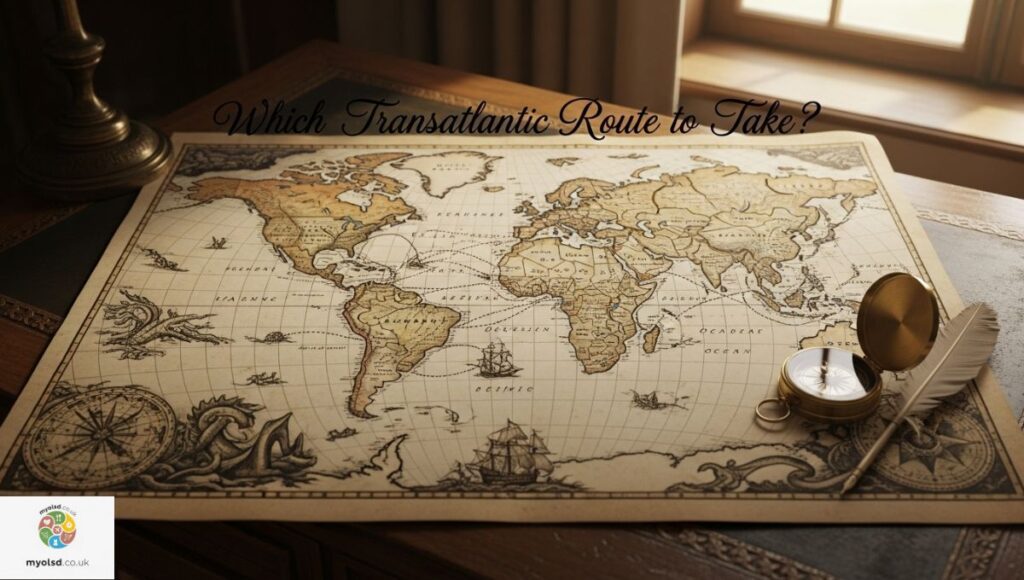
Choosing the right route is critical for a smooth crossing. Sailors typically consider both the northern and southern passages, each with unique challenges and advantages. The northern route often involves shorter distances but rougher seas, while the southern route tends to provide steadier trade winds but a longer journey.
Your departure point, whether from NYC, Bermuda, or the Caribbean, also influences your route selection. Planning according to prevailing winds, ocean currents like the Gulf Stream, and seasonal weather patterns can save days and reduce fuel consumption if motor sailing is required.
Sailing from East to West
East-to-west crossings often face stronger headwinds and less predictable weather. Many sailors choose this route in late spring or early summer to take advantage of calmer seas and the northern trade winds.
Sailing from West to East – The Southern Route
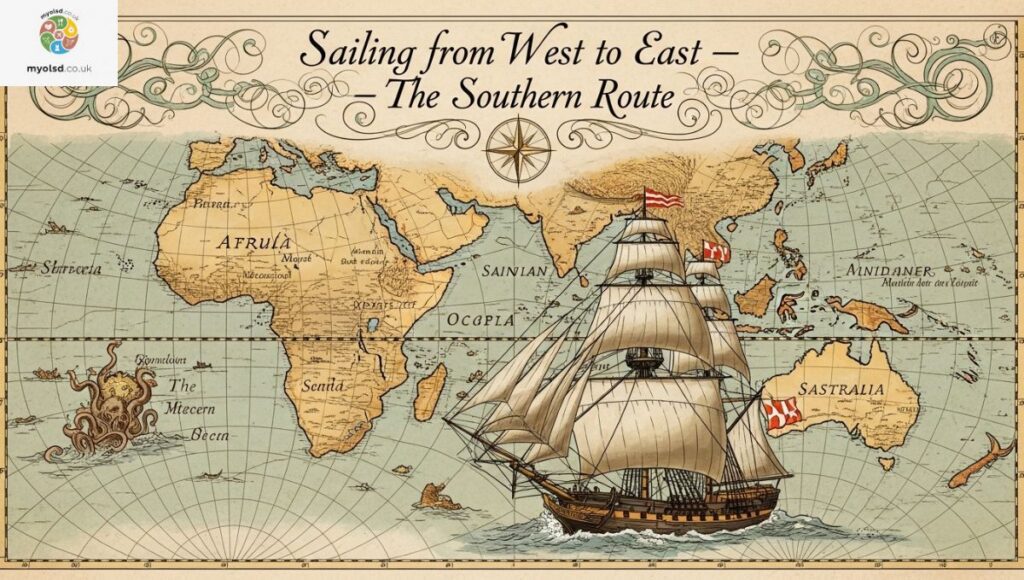
This southern passage is preferred for those leaving the Caribbean. Steady trade winds and fewer storms make it ideal for less experienced crews or smaller vessels. The route usually passes by the Canary Islands and Cape Verde for potential stopovers.
Sailing from West to East – The Northern Route
The northern route requires navigating cooler waters and potentially rougher conditions. This route is often chosen for faster vessels and experienced crews who can handle variable weather while minimizing distance traveled.
What Time of Year to Make a Transatlantic Crossing
Timing is everything. The optimal season depends on your departure point, the route chosen, and your vessel type. Hurricane season, which runs from June to November, can significantly affect travel safety, especially in the Caribbean and southern Atlantic.
Many sailors aim for windows in late spring or early autumn to avoid extreme weather. Seasonal trade winds, high-pressure systems like the Azores High, and predictable ocean currents are key factors in selecting your departure date.
Read more Article:How Long Is a Physical Therapy Session
The Weather and Conditions to Expect on a Transatlantic Voyage
Expect everything from calm seas to squalls and thunderstorms. Offshore sailing exposes crews to variable conditions, and planning for high winds, fog, and waves is essential. Monitoring weather models like Predict Wind or TimeZero ensures better forecasting.
Crew readiness is crucial, and understanding the Beaufort Scale, storm avoidance tactics, and emergency preparedness keeps everyone safe. Even dolphins, whales, and seabirds become familiar companions along the route.
What Can You Expect Sailing Across the Atlantic Ocean?
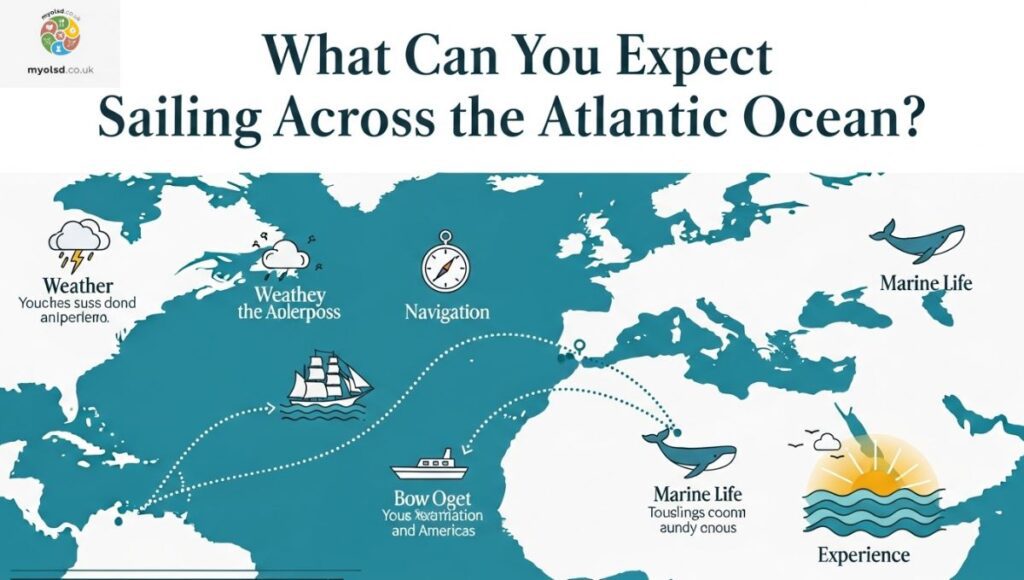
Sailing across the Atlantic is both physically and mentally demanding. Onboard responsibilities such as watchkeeping, sail trimming, and navigation require teamwork, while leisure activities, meals, and crew bonding help maintain morale.
Onboard Responsibilities and Shifts
Dividing duties among crew members ensures continuous monitoring of the vessel. Rotating night watches, checking navigation charts, and maintaining equipment like EPIRBs, life rafts, and thermal protective aids are essential for safety.
Leisure Time and Bonding with Crew
Between shifts, sailors often enjoy swimming mid-ocean, observing marine wildlife, or sharing meals. Crew bonding helps build trust and keeps spirits high during long passages.
Is a Bigger Boat Better for Crossing the Atlantic?
Boat size and design influence comfort, speed, and safety. Yachts 30–40ft or larger are ideal for most transatlantic crossings, though smaller vessels can manage with careful planning. Hull design, sail area, and onboard amenities like solar panels or watermakers also affect endurance.
The Safety Equipment Needed
Every transatlantic voyage demands proper safety gear. Life jackets, harnesses, tethers, flares, fire extinguishers, emergency steering, and medical kits are critical. Understanding how to use them and practicing drills ensures crew safety during heavy weather or emergencies.
How Experienced Do You Need to Be to Sail Across the Atlantic Ocean?

Experience matters. Crewed passages allow novices to learn under supervision, while solo or small-crew trips require advanced seamanship. Knowledge of celestial navigation, GPS, route planning, and emergency procedures is essential for safe passage.
How Long Does It Take To Sail Across the Atlantic
The duration depends on vessel type, route, and weather. Modern cruising yachts average three to four weeks, while larger cruise ships complete the journey in six to eight days. Racing monohulls or multihulls can finish faster, sometimes in just a few days under ideal conditions.
Factors like trade winds, ocean currents, seasonal storms, and crew skill can add or subtract days from your planned voyage. Understanding these variables helps you set realistic expectations.
Want to Sail Across the Atlantic?
Preparation is key. From route selection and timing to provisioning and crew readiness, every detail impacts your experience. By researching and planning, you can enjoy the adventure safely and efficiently.
Rubicon 3’s Atlantic Ocean Routes
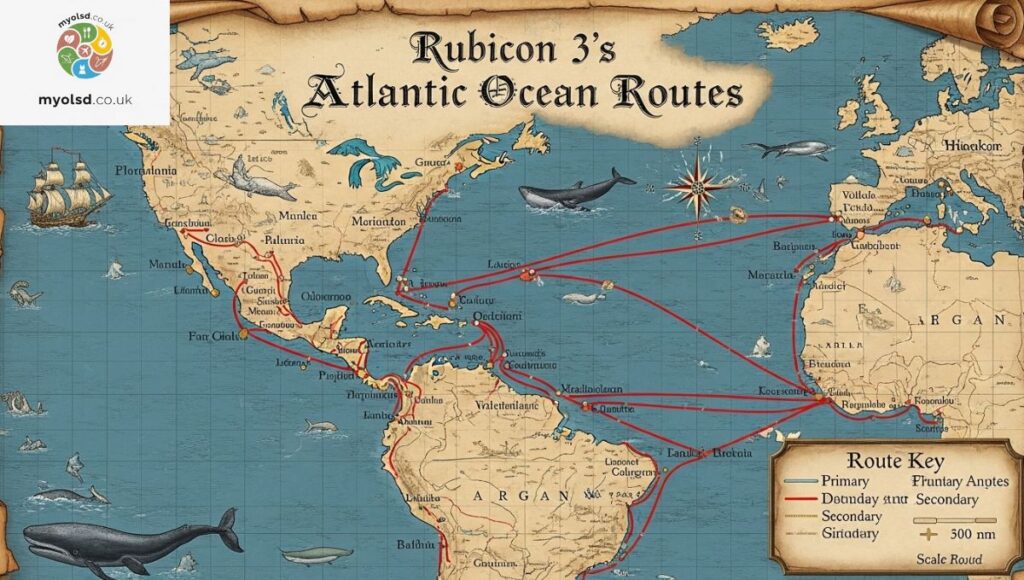
Rubicon 3 offers curated sailing routes for different experience levels. These routes consider weather windows, stopover options, and vessel suitability to maximize safety and enjoyment.
Related Posts
- Life Doesn’t Wait. Get Busy Living!
- Explore Caribbean and Mediterranean Sailing Destinations
- Step-by-Step Yacht Job Guide
- Set Sail on The Adventure of a Lifetime
Whether you dream of a leisurely cruise or a record-setting voyage, crossing the Atlantic is an unforgettable experience. With careful planning, proper equipment, and a skilled crew, you can turn this dream into reality.
FAQs
How much time does it take to sail across the Atlantic Ocean by ship?
About 3–4 weeks for a typical cruising yacht.
How long did it take to sail across the Atlantic Ocean in 1776?
Several weeks to 2 months, depending on the vessel and weather.
Can a 50 ft yacht cross the Atlantic?
Yes, a 50 ft yacht is suitable for an Atlantic crossing with proper preparation.
What is the typical cost of sailing across the Atlantic?
Costs vary widely, typically $5,000–$20,000 depending on vessel type, provisioning, and crew.

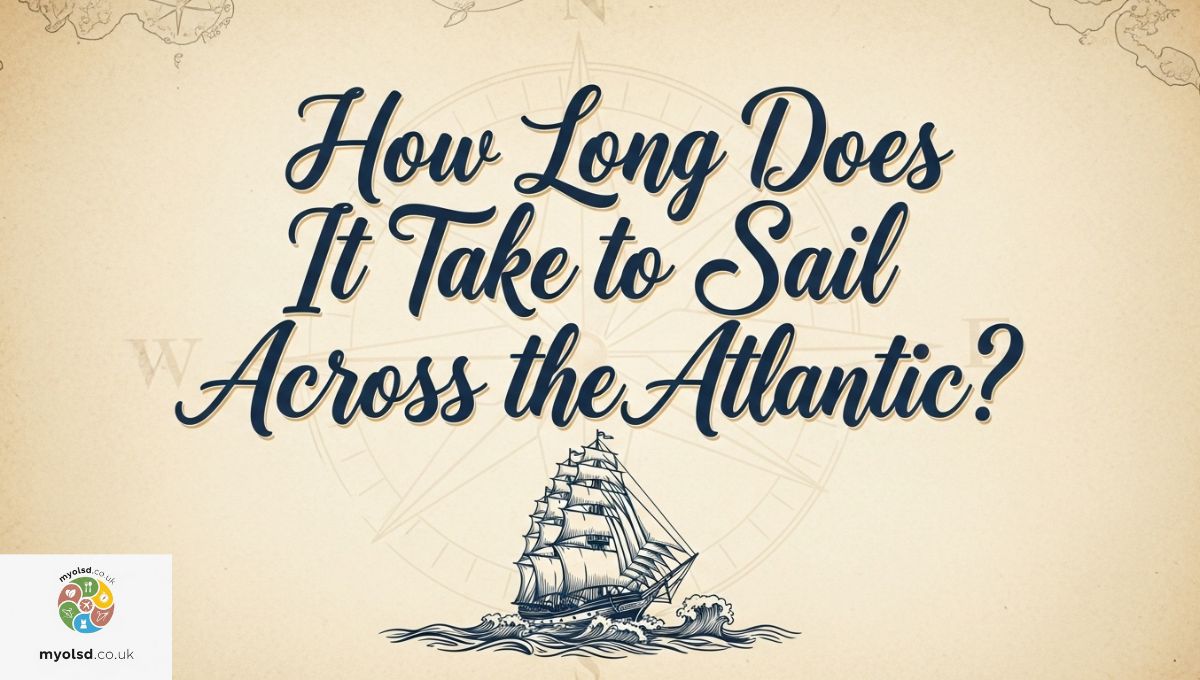
Gooooooooood